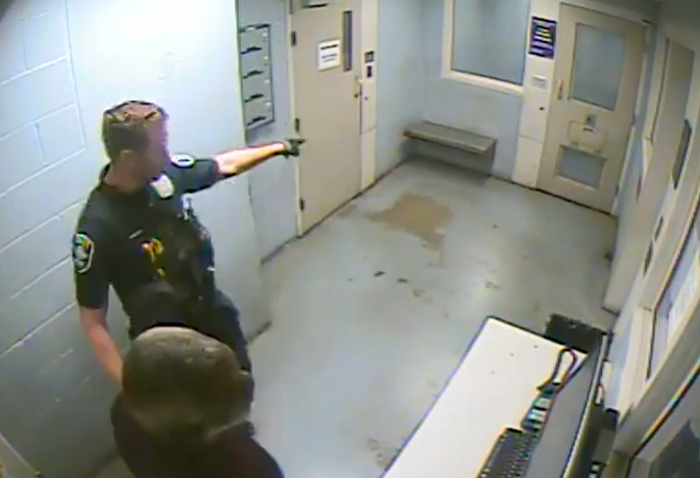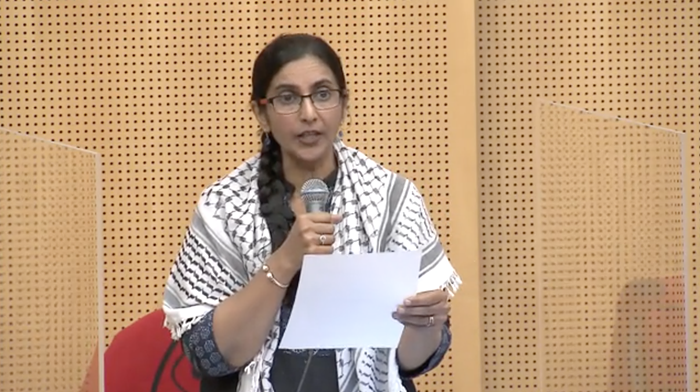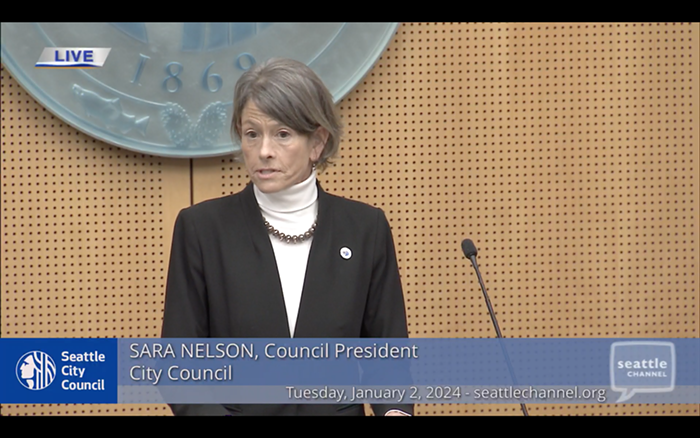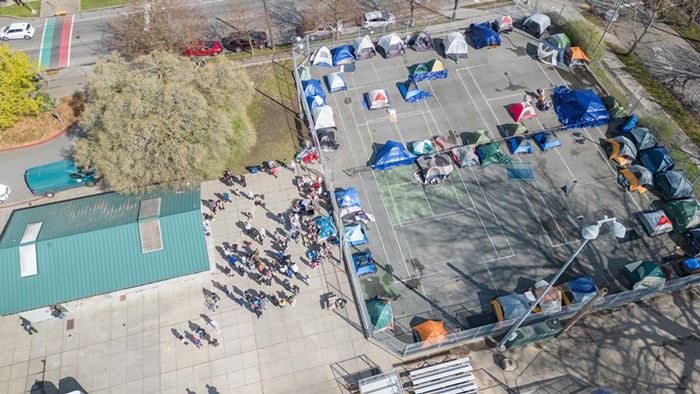
Now that Gov. Jay Inslee has partly pacified the construction industry and its political mouthpieces, opening up outdoor recreational areas and easing restrictions on elective surgeries are reportedly the next items on his list.
But health care workers on the front lines of the COVID-19 crisis express mixed feelings about all that. If hospitals return to normal patient levels too quickly, or if COVID-19 infections spike because parts of the economy open too quickly, the system will be overwhelmed. At the same time, doctors worry large numbers of sick patients are going without care, which could lead to long-term health problems. Meanwhile, hospitals are hemorrhaging money due to loss of income from elective surgeries.
As Inslee considers turning his dial one way or another to address all these issues, public health officials are looking at the numbers and actually suggesting tighter restrictions.
The authors of the latest Institute for Disease Modeling report on King County's COVID-19 transmission rates found the situation in the county "remains precarious," and suggested that politicians and public health officials may need to add "new strategies...to current distancing measures to drop the effective reproductive number" to half of what it is now.
New models for Seattle area suggest MORE containment efforts:
• Transmission rate still barely below 1, meaning very slow virus suppression
• Easing rules on May 1 could send cases to record levels within weeks
• "Policy action to reduce transmission further may be required" pic.twitter.com/XosqmYITIR
— Mike Baker (@ByMikeBaker) April 25, 2020
Those numbers reflect what Alex Adami, a second-year resident in internal medicine at the University of Washington, is seeing in Harborview's intensive care unit. "We’re not like New York where everything is going straight to hell, but what we are is barely managing," he said over the phone last week.
Adami said doctors and scientists hoped the number of hospitalizations within the UW Medical system would be dropping a little more quickly than it has at this point, but it has remained pretty flat. "We figured the tail would be extremely long," he added.
As of last Thursday, UW's system had over 100 COVID-19 patients in hospital beds, with 13 of them on ventilators. Though those numbers seem low relative to other "hot spots," Adami said COVID patients stay sick for a relatively long time, and their time in the ICU is also comparatively "very long." The longer the stays, the fewer the beds, which are already thin on the ground.
Moreover, caring for COVID patients have stretched doctors' resources to the brink. "It's not like it used to be, where we could just step out of a room to address an emergency and then get back to whatever we were doing," Adami said. "If someone comes in who is very sick and it could be COVID, that usually means one of the attending senior physicians gets gowned up, puts a respirator on, and goes into the room with a resident for a long time—over an hour. You're stuck, because you can’t just leave without taking all your [personal protective equipment] off again and then ultimately putting it back on again later, which is not feasible because we’re trying to conserve resources."
"There’s not enough left to give," Adami continued. "Anything that could cause the number of cases to go up again would have a longterm effect."
At the same time, doctors worry about delays in care. Zoe Sansted, a third-year family medicine resident who was redeployed to the ICU last week, said she was torn about the prospect of hospitals beginning to conduct more elective surgeries.
"Elective surgeries," according to Inslee's proclamation restricting non-urgent medical procedures through May 18, include "most joint replacements, most cataract and lens surgeries, non-urgent cardiac procedures, cosmetic procedures, some endoscopy, and some interventional radiology services." The "full suite of family planning services and procedures," i.e. abortions, are exempted, as is anything that "if delayed or canceled would result in the patient’s condition worsening."
On one hand, Sansted is "excited" to resume some of these procedures because they're important. Rhinoplasty may seem okay to postpone, but others that fall into the "elective" category can be dangerous and painful if delayed.
Sansted said hernia removals, for instance, aren't necessarily "urgent," but they relieve patients of pain and prevent potential sepsis. She also mentioned reports from patients of doctors delaying non-urgent cancer surgery, which can obviously increase anxiety. Due to the strain on resources, even patients who have COVID aren't getting the surgeries they need. Adami claimed one of his patients needs a vascular procedure to save part of his arm, but it keeps getting delayed because "the person has COVID and it's not urgent enough for them to suit up and do it."
"People say we don’t want to ration care," Adami continued, "And, well, we’re already doing it even if we haven’t come out and said it."
Sansted added that preventative care procedures such as colonoscopies and mammograms are necessary to prevent bigger problems down the line. And in general she's worried that people now fear going to the doctor or the emergency room if they're ill, which means they may end up seeing an increase of patients who were sick at home for a long time, or even those who have died at home.
That said, overwhelming the system risks losing the progress they've made, and it's becoming increasingly clear that the consequences of moving too quickly won't be felt equally by all Washingtonians.
"The COVID ICU is almost exclusively Hispanic patients from South Seattle," Sansted said. "It's pretty striking just how obvious it is that the population of people who are sickest from the disease doesn't match the proportion of that population around Seattle."
Though she admits her experience is anecdotal, the Department of Health reports that Hispanics account for 13% of the state's population but nearly 30% of its confirmed COVID-19 cases. Those numbers are incomplete, but the trend is holding from when they were initially announced earlier this month.



















